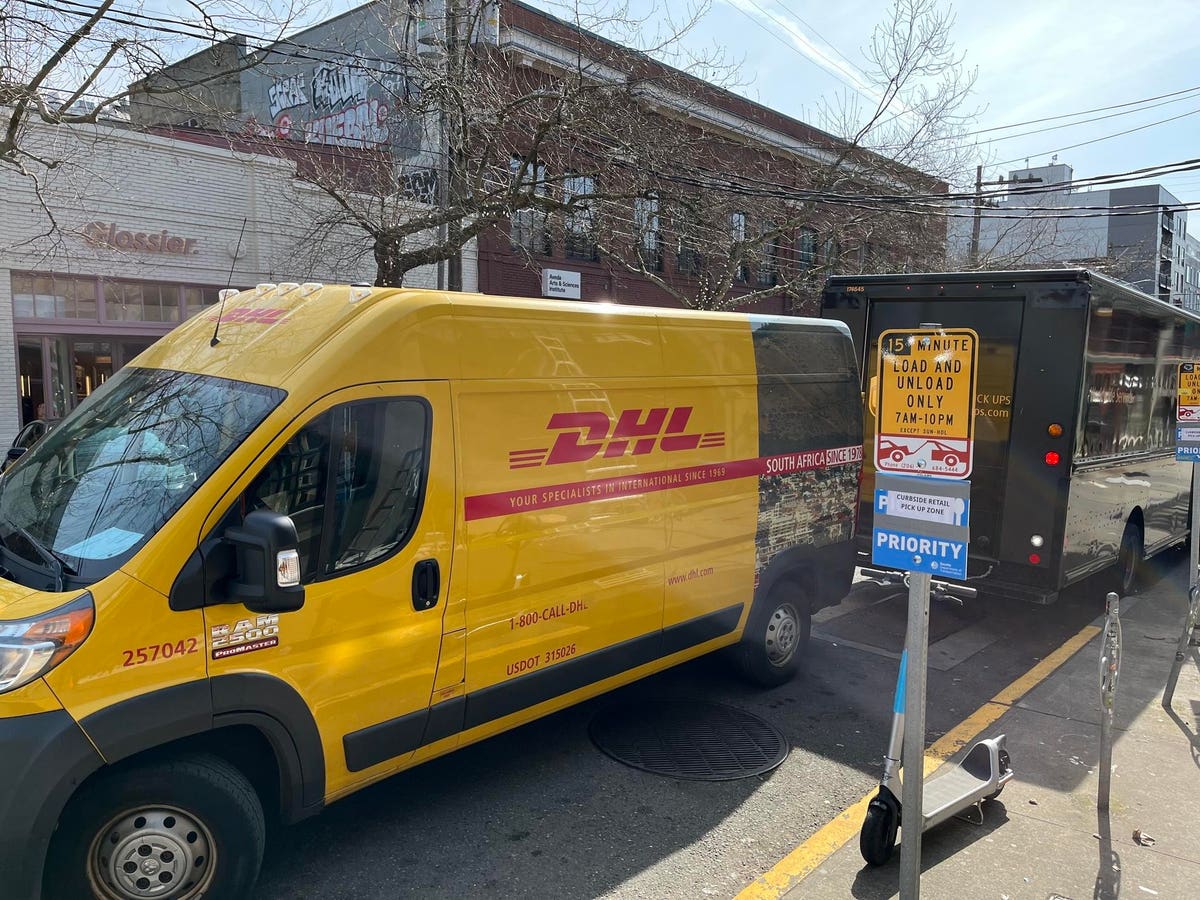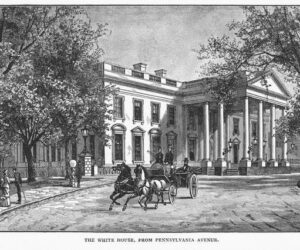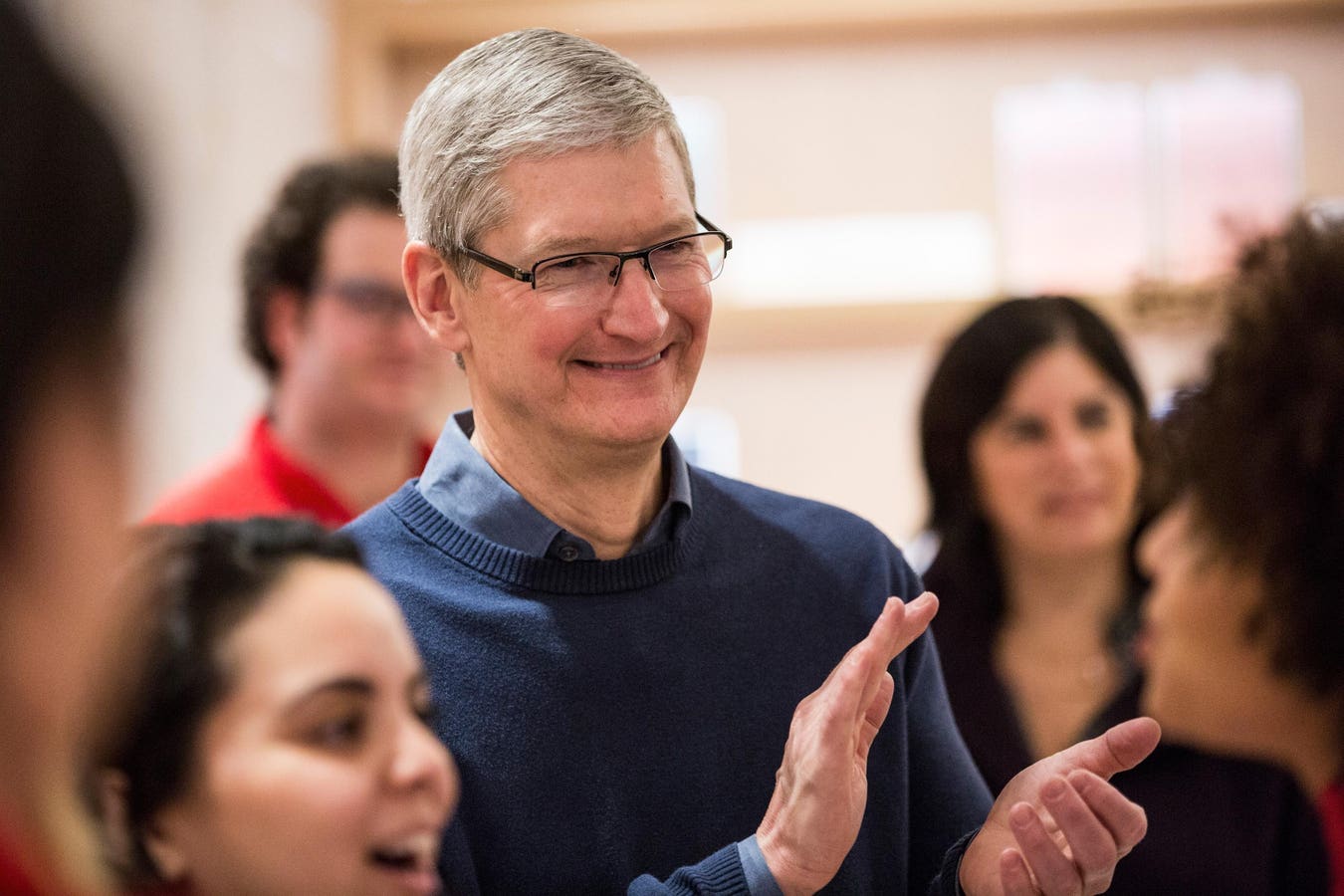Across the United States, cities face a growing challenge: how to fund critical transportation infrastructure at a time when traditional revenue streams are no longer enough. Federal grants, while helpful, are often competitive, project-specific, and insufficient to meet the magnitude of need. At the same time, aging infrastructure, population growth, climate pressures, and changing travel behavior demand bold investment in more resilient and sustainable transportation systems.
To bridge this infrastructure funding gap, cities are exploring creative, locally controlled strategies that go beyond the conventional playbook. From leveraging real estate value to rethinking curb management, here are several innovative tools cities are using to unlock new revenue streams.
1. Land Value Capture and Special Assessment Districts
Transportation investments—such as new rail lines, bike lanes, or complete streets—often increase surrounding property values. Land value capture (LVC) mechanisms aim to recoup a portion of that increased value to reinvest in infrastructure.
Cities like Washington, D.C., and Los Angeles have used special assessment districts or tax increment financing (TIF) to fund major transit projects. In these models, property owners who benefit from new infrastructure contribute through targeted tax assessments or by dedicating a portion of future property tax revenue growth to the project.
While LVC requires thoughtful planning and community engagement, it offers a powerful way to align private development benefits with public investment goals.
2. Public-Private Partnerships and Value-Added Concessions
Private sector partners can bring capital, innovation, and efficiency to infrastructure delivery—especially when cities create value-added opportunities. For example, cities can offer long-term leases or development rights near transportation hubs in exchange for upfront investment or ongoing revenue-sharing.
In Denver, the Eagle P3 project used a public-private partnership to finance and deliver multiple commuter rail lines, blending federal grants, private equity, and local contributions. Similarly, value capture agreements with developers around new transit stations have helped fund station improvements and pedestrian access.
The key is ensuring public benefits are protected and that partnerships include strong accountability, transparency, and risk-sharing mechanisms.
3. Monetizing the Curb and Modernizing Parking Policy
As urban mobility evolves, the curb has become a valuable piece of public real estate. With the rise of ride-hailing, delivery services, micro-mobility, and autonomous vehicles, cities are seeing increased demand for short-term access to curb space.
Forward-looking cities are turning curb management into a funding tool. Dynamic pricing for commercial loading, on-demand delivery, and pick-up/ drop-off zones can generate revenue while aligning with broader goals like congestion reduction and safety.
15 minute loading zone
Eliot Mueting
In addition to dynamic curb pricing, cities can also generate new funds by reassessing traditional parking rates and structures. Many cities continue to underprice curbside parking, contributing to congestion, cruising, and inefficient land use. By adjusting parking rates in high-demand areas, implementing demand-responsive pricing, or expanding paid parking zones, cities can not only reduce traffic but also capture revenue that can be reinvested in walking, biking, and transit improvements.
4. Congestion Pricing and VMT Fees
Some cities are moving toward broader road pricing strategies. Congestion pricing—charging vehicles to enter high-traffic areas—has proven effective in cities like London and Stockholm. New York City has become become the first U.S. city to successfully implement such a system.
Congestion pricing not only manages demand and improves air quality but also provides a dedicated revenue stream for transit. Similarly, vehicle miles traveled (VMT) fees, which charge drivers based on how far they drive rather than fuel consumption, offer a more sustainable alternative to declining gas tax revenues. Pilot programs in Oregon and Utah are paving the way for broader adoption.
5. Local Ballot Measures and Transportation Sales Taxes
Local option sales taxes dedicated to transportation have become a mainstay funding source in many regions. Measures like Los Angeles’ Measure M or Seattle’s ST3 were approved by voters and are generating billions over decades to fund multimodal transportation networks.
While politically challenging, these measures can succeed when they are transparent, outcome-focused, and include meaningful community engagement. Creating an inclusive process and clear benefits helps build the public trust needed to support long-term investment.
6. Green Bonds and Climate Resilience Financing
As cities confront climate change, there’s growing interest in financial tools that align with sustainability goals. Green bonds—debt instruments issued to fund environmentally beneficial projects—can help finance low-carbon transportation, such as electric buses, bike infrastructure, or transit-oriented development.
Cities like San Francisco and New York have successfully issued green bonds to fund climate-resilient infrastructure. These tools also appeal to impact investors seeking both financial returns and environmental outcomes.
7. Aligning State and Local Policies
Innovative local funding strategies are most effective when aligned with supportive state policies. States can empower cities by authorizing local revenue mechanisms, matching local funds, or offering technical assistance.
For example, California’s SB1 provides significant funding for local transportation priorities, while also encouraging performance-based planning. Coordination between state and local governments helps ensure funding is targeted to high-impact, equitable outcomes.
Conclusion: A More Resilient Funding Future
While federal grants will remain an important piece of the puzzle, cities must continue diversifying their transportation funding portfolios. Creative tools—grounded in local control, public benefit, and financial sustainability—offer a path forward.
By treating streets, curbs, and mobility networks as strategic assets, cities can unlock new value and deliver the modern, multimodal infrastructure their communities need. The future of transportation will require not just innovation in technology—but also in how we pay for it.









